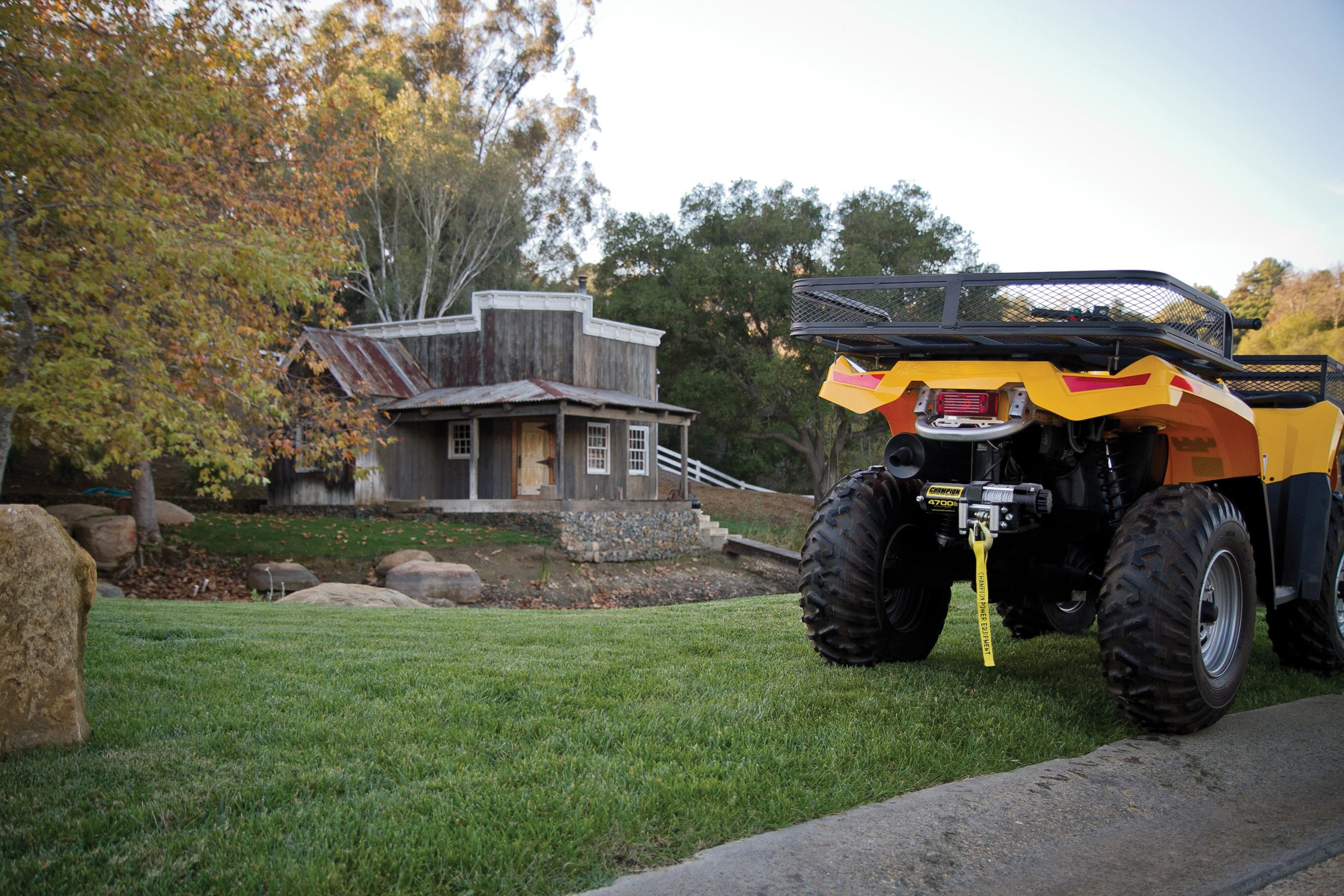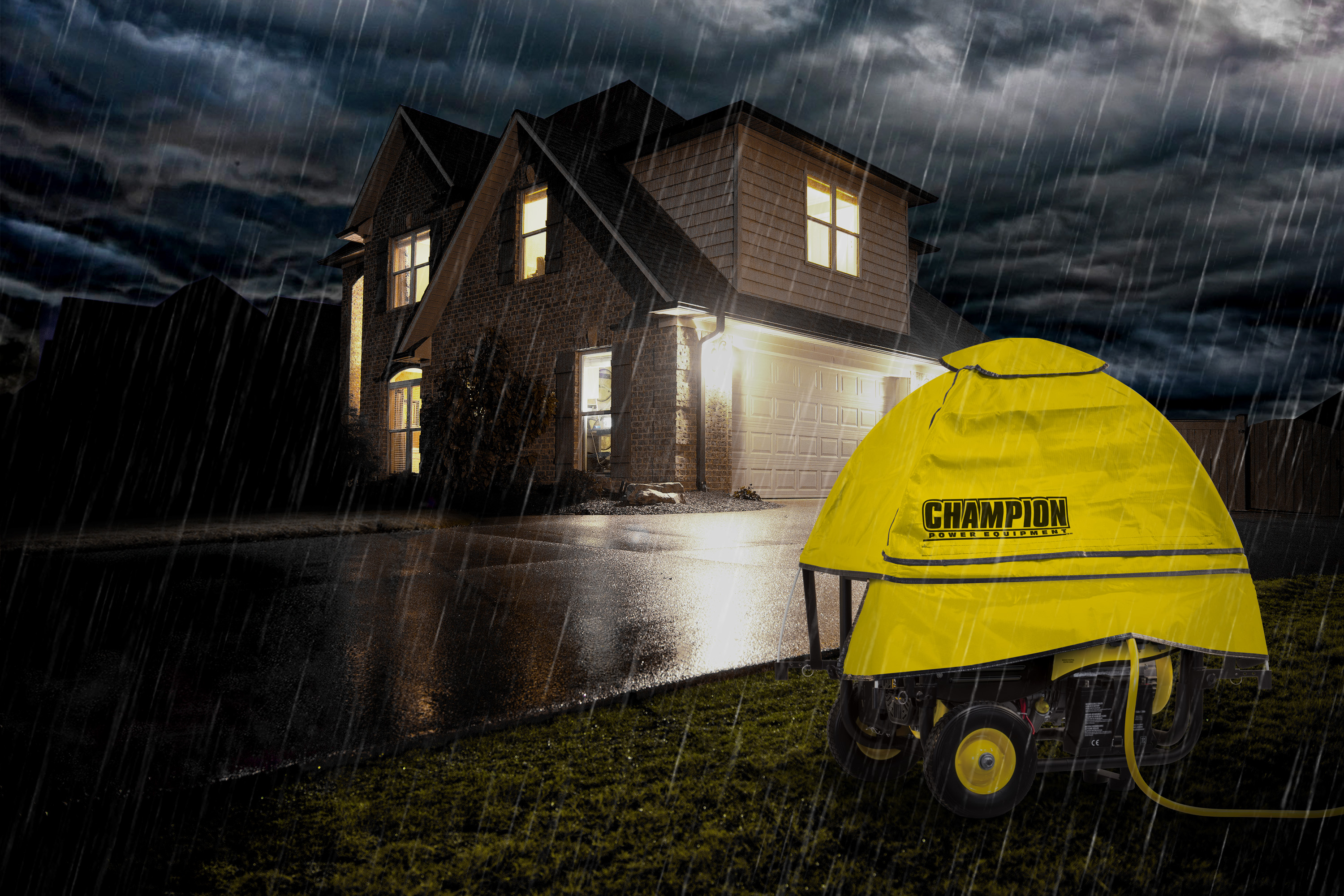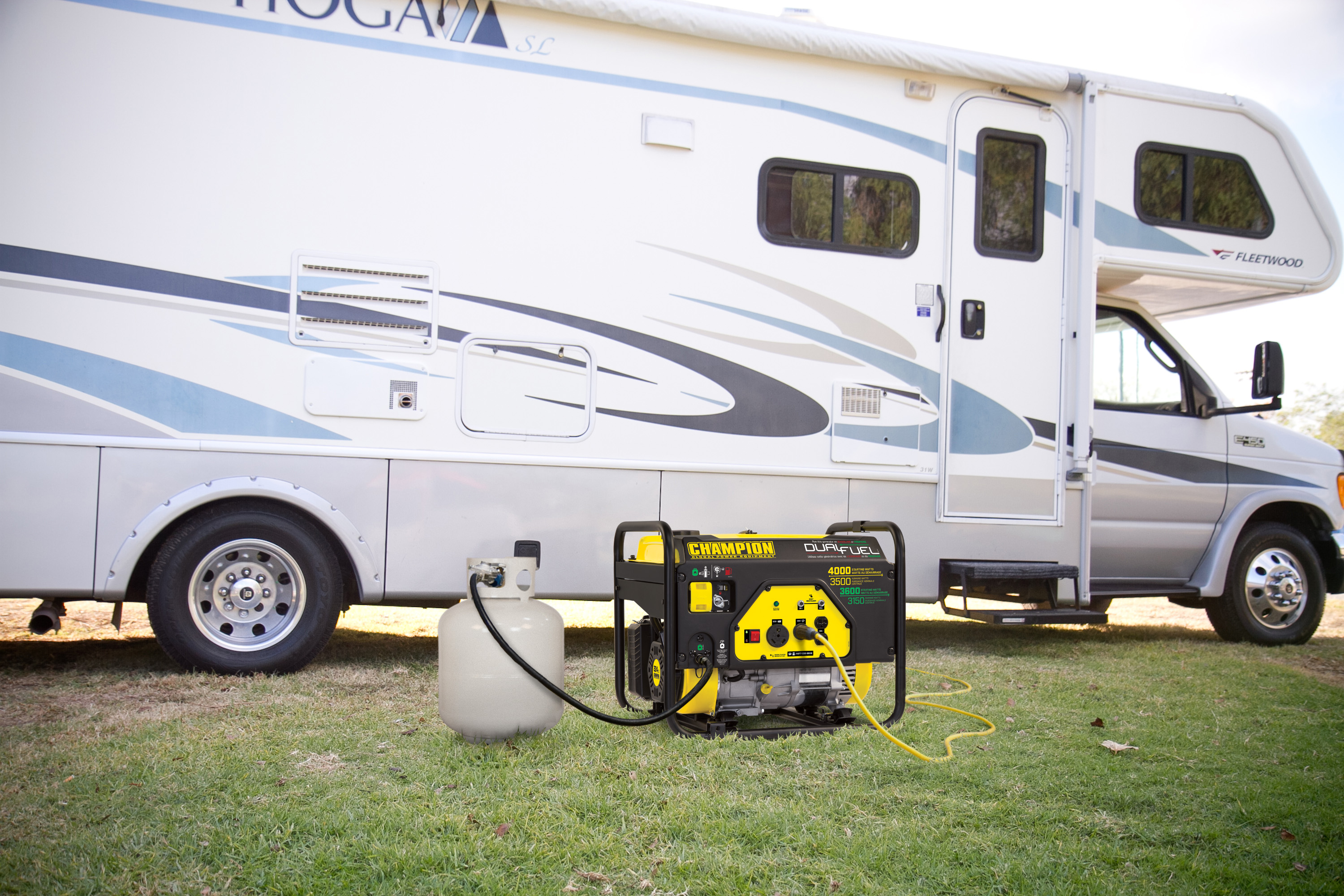Ready, Set, Winch
Stuck, fallen in a ravine, or just need an extra boost? No matter what your situation is, having the right winch can come in handy. Let’s talk about why you need a winch, how to select and install the right one for your vehicle, plus a few helpful tips.

Why a Winch?
A winch is a small but mighty machine that functions as an anchor point between a powered vehicle like an ATV or UTV and another object, such as a tree stump. Winches are often used when a motorized vehicle becomes stuck on uneven terrain, allowing the driver to pull themselves out of a tight spot. But winches can also be used to move large objects, help someone else who has become stuck, or even hoist something up high.
If you enjoy off-roading activities, with a winch, you can go farther and further, knowing you can get yourself out of any situation.
What’s Best for Your Outings – Galvanized Steel or Synthetic Rope?
The two types of rope material used in winches are galvanized steel and synthetic rope.
- Galvanized Steel: This kind of rope is tougher and sturdier than synthetic rope, making it better suited for heavy-duty applications. It’s less affected by abrasion, making it more durable. Plus, it may last longer overall compared to synthetic rope.
- Synthetic Rope: Synthetic ropes are lighter and easier to handle due to their smaller diameter. They also require less energy to operate since there’s less weight involved, making them ideal for installations where space is limited. Plus, synthetic ropes won’t corrode and are often safer than traditional steel wire rope since the risk of injury is lower due to its softer surface.
When selecting a rope for your winching needs, consider factors such as the kind of environment you’re likely to encounter, the size of the load you’ll be hauling, and the length of the rope needed.
What Size Winch Will Fit My Vehicle?
Before purchasing your winch, you must determine what size will work best for your vehicle.
Here are some key points to keep in mind:
- Consider the power of your engine — if your vehicle has low torque and power output, a larger winch isn’t necessarily the best choice. Instead, opt for a lighter model that’s specifically designed for your make and model.
- Look at the drawbar rating on your vehicle — this number indicates the maximum pulling power of your vehicle in pounds per square inch (psi). Make sure you find a winch with a drawbar rating that matches or exceeds this number.
- Measure the mounting area of your vehicle — you want to make sure the winch you choose fits snugly in the designated area. If it’s too big or too small, it won’t work properly.
By matching the specs of your vehicle to the ones listed on the winch product page, you’ll ensure that you find a model that’s suitable for your application.
Accessorizing
Once you’ve selected the correct winch for your vehicle, you may need to purchase additional accessories to facilitate installation. These include mounting kits and cable extensions which increase flexibility during open-road operations. At Champion Power Equipment, we offer complete winch kits so you have everything you need, plus we offer accessories like wireless remote kits, mini-rocker switch kits, and rigging kits. Make sure you check for compatibility before buying accessories to prevent damage and voiding warranties.
How to – First-Time Installation
When installing a winch onto your vehicle, it’s important to take time and follow the instructions correctly—the stakes are higher than simply messing up a few screws here and there. To ensure everything goes smoothly, remember to:
- Tighten bolts evenly and securely.
- Apply appropriate lubricant to ensure parts are moving freely.
- Test the system once installed and inspect it regularly to identify potential issues.
If all of these steps sound like a lot to manage, fear not — we offer how-to videos if you feel the need for extra guidance.
Ready to Winch? Do’s and Don’ts
Now it’s time to brush up on safety regulations. Here are some “do’s and don’ts” when working with a winch:
- Do: Wear protective gear, including gloves, glasses, and long sleeves.
- Don’t: Stand directly behind the winch when operating it.
- Do: Use multiple anchoring points, such as trees and solid rocks, rather than attaching directly to the ground.
- Don’t: Overload the winch, as doing so could result in serious injury or death.
- Do: Monitor the tension continuously while using it and adjust as necessary.
- Don’t: Pull sharp objects toward the winch, as they may cut through the rope.
Following these rules can help keep you safe while using a winch, while also preventing damage to property and the environment.
Whether you’re looking to get yourself or others out of a sticky situation, or just want to make sure you’re covered no matter what happens, investing in a Champion winch can be a great way to prepare for whatever you expect to face on your next ride. By taking the time to understand the different types of rope and sizes available, you’ll be able to pick the perfect Champion winch and accessories for your vehicle. And by following simple safety tips, you’ll get all the benefits of winching while minimizing the risks. Have fun and stay safe out there!

